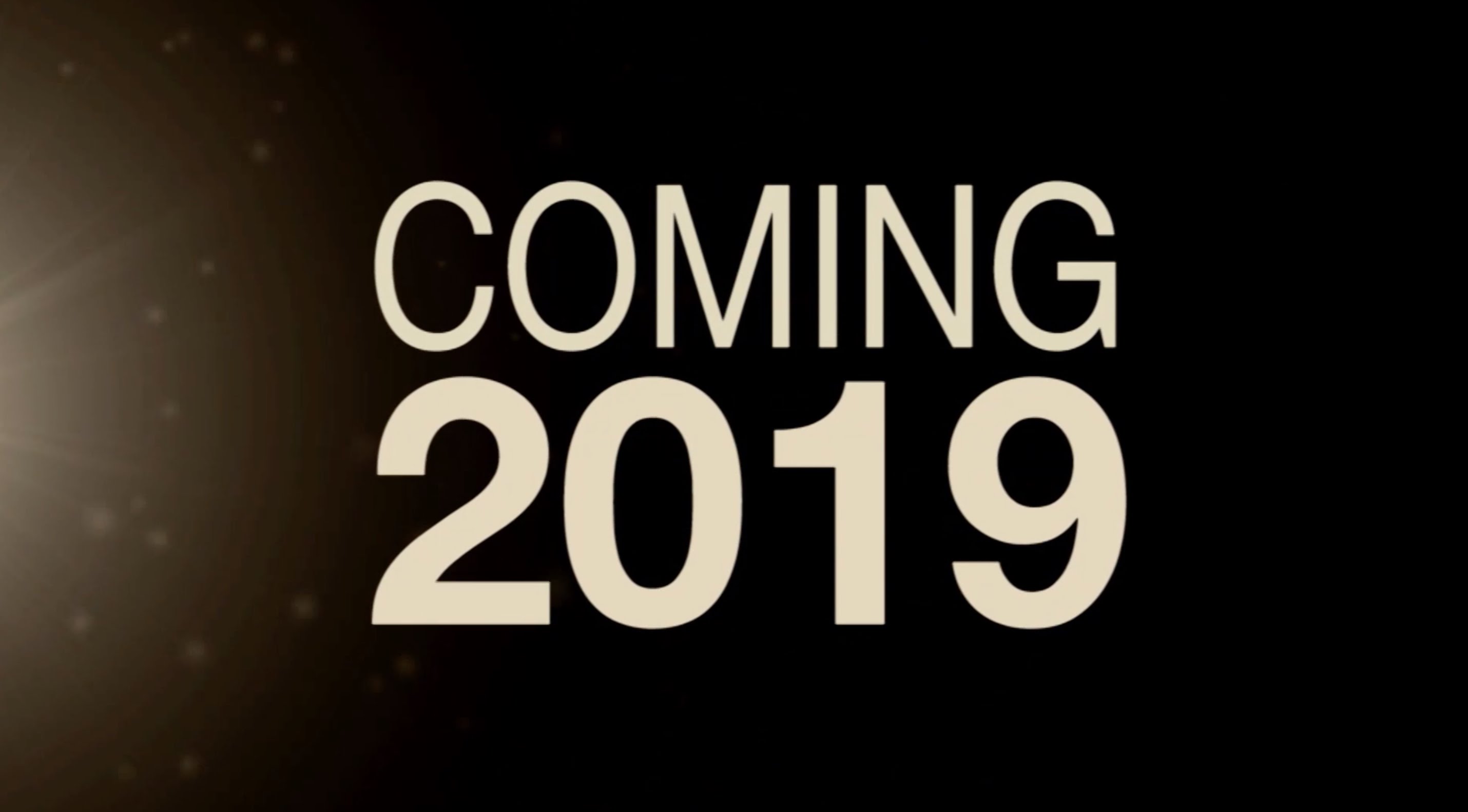Mediatakeout 2019 has been a pivotal moment in the media and entertainment industry. It marked a significant turning point for how content is distributed and consumed globally. This event brought about profound changes that continue to shape the media landscape today.
As the media industry evolves, understanding the implications of Mediatakeout 2019 becomes increasingly important. The event not only reshaped the way content creators interact with their audience but also influenced the business models of media companies worldwide. This article aims to provide an in-depth analysis of Mediatakeout 2019 and its lasting impact on the industry.
In the following sections, we will explore the key aspects of Mediatakeout 2019, including its historical context, major developments, and the challenges it posed. By the end of this article, readers will gain a comprehensive understanding of how Mediatakeout 2019 transformed the media landscape and why it remains relevant today.
Read also:Saweetie Dating History A Comprehensive Look At Her Love Life
Table of Contents
- Background of Mediatakeout 2019
- Key Developments in Mediatakeout 2019
- Impact of Mediatakeout 2019 on the Media Industry
- Challenges Faced During Mediatakeout 2019
- Changes in Consumer Behavior Post-Mediatakeout 2019
- Shift in Business Models Due to Mediatakeout 2019
- Technological Advancements Triggered by Mediatakeout 2019
- Regulations and Policies Related to Mediatakeout 2019
- Future Trends in Media Post-Mediatakeout 2019
- Conclusion and Final Thoughts
Background of Mediatakeout 2019
Mediatakeout 2019 was not just a single event but a culmination of various technological and societal changes that had been brewing for years. The media industry had already begun to shift from traditional broadcast models to digital platforms, but Mediatakeout 2019 accelerated this transformation. During this period, several major players in the industry announced significant changes to their strategies, focusing more on digital content delivery and subscription-based models.
Historical Context
The roots of Mediatakeout 2019 can be traced back to the early 2010s when streaming services began to gain popularity. Platforms like Netflix and Hulu disrupted the traditional television landscape by offering on-demand content. By 2019, this trend had matured, leading to a surge in competition and innovation. Mediatakeout 2019 was the tipping point where the industry fully embraced these changes, resulting in a new era of media consumption.
Key Developments in Mediatakeout 2019
Several key developments marked Mediatakeout 2019 as a transformative year. These developments included the launch of new streaming services, mergers and acquisitions in the media sector, and advancements in content creation technologies.
Launch of New Streaming Services
One of the most significant developments in Mediatakeout 2019 was the launch of several new streaming services. Disney+, Apple TV+, and HBO Max entered the market, offering consumers a wide range of content options. This increased competition led to better quality content and more affordable pricing for consumers.
Impact of Mediatakeout 2019 on the Media Industry
The impact of Mediatakeout 2019 on the media industry was profound. Traditional media companies had to adapt quickly to the changing landscape or risk becoming obsolete. The shift towards digital platforms and subscription-based models became the norm, altering the way media companies operated.
Shift from Broadcast to Streaming
The transition from traditional broadcast television to streaming services was one of the most noticeable impacts of Mediatakeout 2019. Consumers now had the power to choose what they watched and when, leading to a decline in traditional television viewership.
Read also:Aaron Pierre Family A Closer Look Into Their Lives And Legacy
Challenges Faced During Mediatakeout 2019
While Mediatakeout 2019 brought about numerous opportunities, it also presented several challenges. Media companies had to navigate the complexities of digital distribution, data privacy concerns, and the need for continuous innovation.
Data Privacy Concerns
With the rise of digital platforms, data privacy became a major concern for both consumers and companies. Mediatakeout 2019 highlighted the need for stricter regulations and transparency in how consumer data is collected and used.
Changes in Consumer Behavior Post-Mediatakeout 2019
Consumer behavior underwent significant changes following Mediatakeout 2019. The availability of on-demand content and personalized recommendations transformed how people consumed media. Consumers now expect a seamless and personalized experience from their media providers.
Personalized Content Recommendations
Algorithms and artificial intelligence played a crucial role in shaping consumer behavior post-Mediatakeout 2019. Media companies leveraged these technologies to offer personalized content recommendations, enhancing user engagement and satisfaction.
Shift in Business Models Due to Mediatakeout 2019
The business models of media companies underwent a major shift due to Mediatakeout 2019. Subscription-based models became the norm, replacing traditional advertising-driven revenue streams. This change required companies to focus on delivering high-quality content consistently to retain subscribers.
Subscription-Based Models
With the rise of streaming services, subscription-based models became the primary source of revenue for many media companies. This shift allowed companies to better predict revenue and invest in content creation and technology.
Technological Advancements Triggered by Mediatakeout 2019
Mediatakeout 2019 spurred significant technological advancements in the media industry. Innovations in content delivery, streaming technology, and artificial intelligence were accelerated during this period, enhancing the overall user experience.
Enhanced Streaming Technology
Advancements in streaming technology, such as improved video quality and reduced buffering times, were a direct result of Mediatakeout 2019. These improvements made streaming services more accessible and enjoyable for consumers worldwide.
Regulations and Policies Related to Mediatakeout 2019
Mediatakeout 2019 also led to the introduction of new regulations and policies aimed at addressing the challenges posed by the digital media landscape. Governments and regulatory bodies sought to ensure fair competition and protect consumer rights in this rapidly evolving industry.
Data Protection Regulations
Data protection regulations, such as the General Data Protection Regulation (GDPR) in Europe, gained prominence during Mediatakeout 2019. These regulations aimed to safeguard consumer data and ensure transparency in how it is used by media companies.
Future Trends in Media Post-Mediatakeout 2019
The trends set in motion by Mediatakeout 2019 are expected to continue shaping the media industry in the coming years. Emerging technologies such as virtual reality, augmented reality, and artificial intelligence will further enhance the media experience, offering new opportunities for content creators and consumers alike.
Emerging Technologies in Media
As technology continues to evolve, the media industry will likely see the integration of emerging technologies like virtual reality and augmented reality. These innovations will create immersive experiences that blur the line between the physical and digital worlds.
Conclusion and Final Thoughts
In conclusion, Mediatakeout 2019 marked a significant turning point in the media and entertainment industry. The event brought about profound changes in how content is created, distributed, and consumed. From the launch of new streaming services to the shift in business models, Mediatakeout 2019 reshaped the industry in ways that continue to influence it today.
We encourage readers to share their thoughts and insights in the comments section below. Additionally, feel free to explore other articles on our website for more in-depth analysis of the media industry and its trends. Together, we can continue to explore and understand the ever-evolving world of media and entertainment.
Data and references for this article were sourced from reputable publications such as Statista, Pew Research Center, and MediaPost. These sources provide valuable insights into the media industry and its developments.


